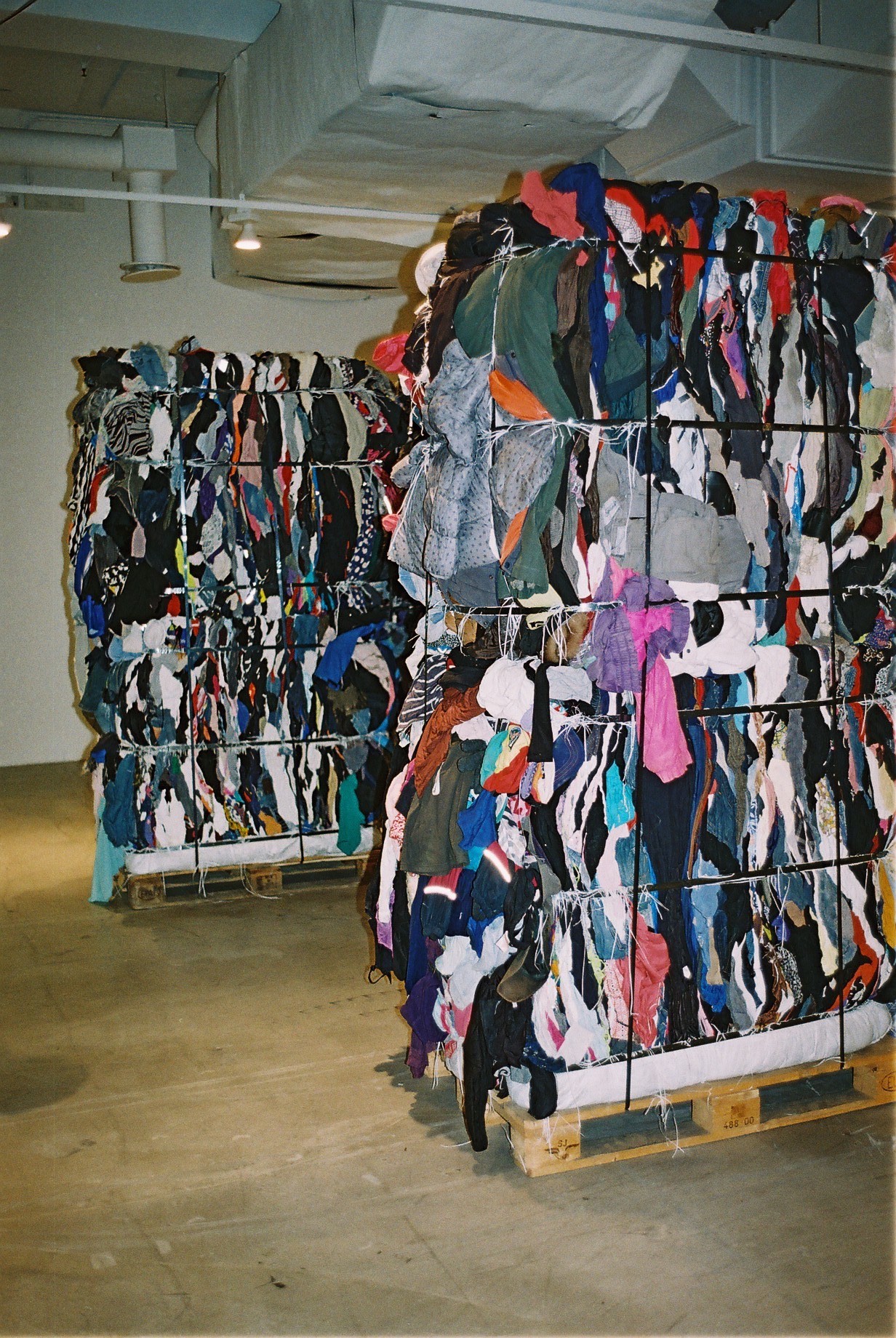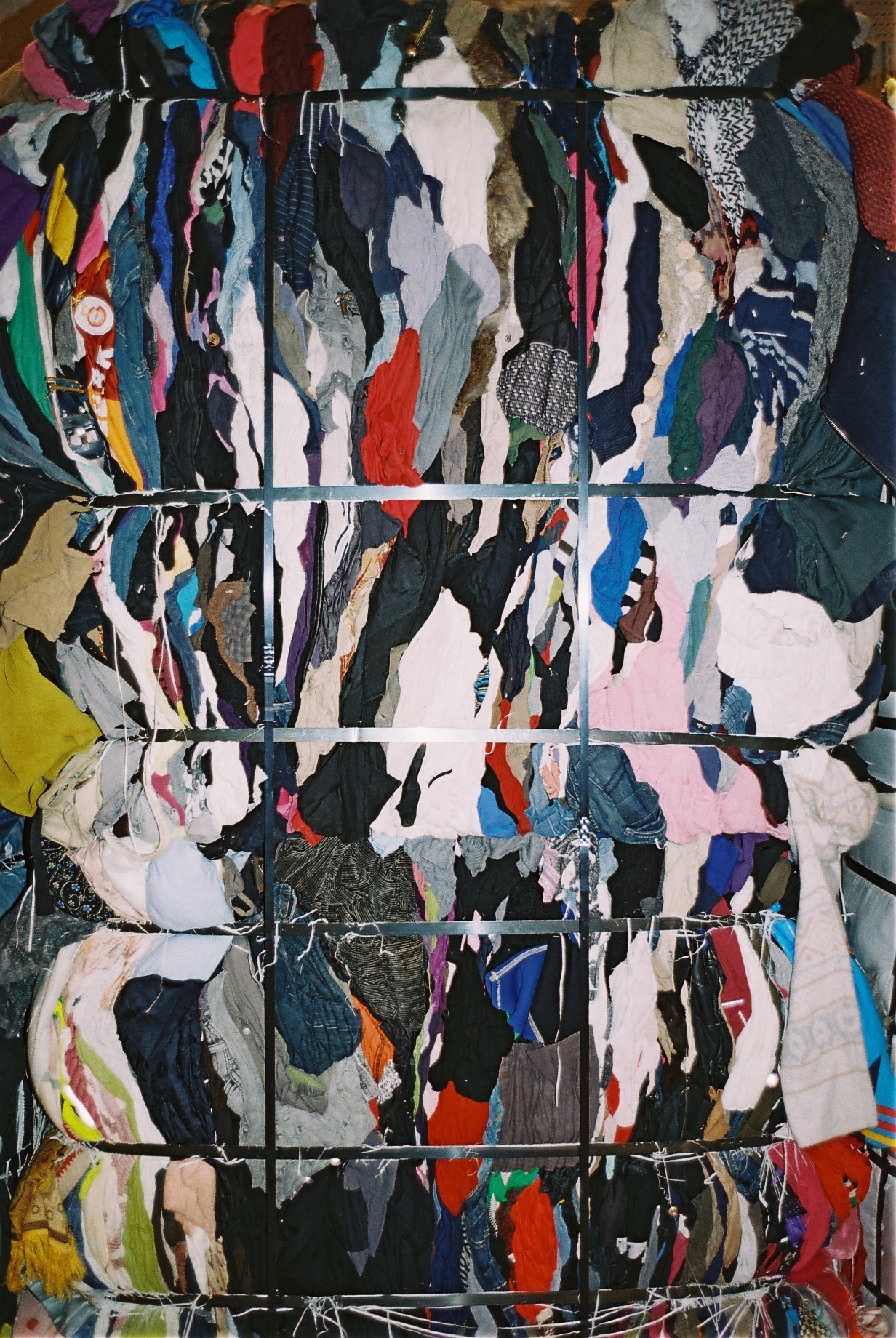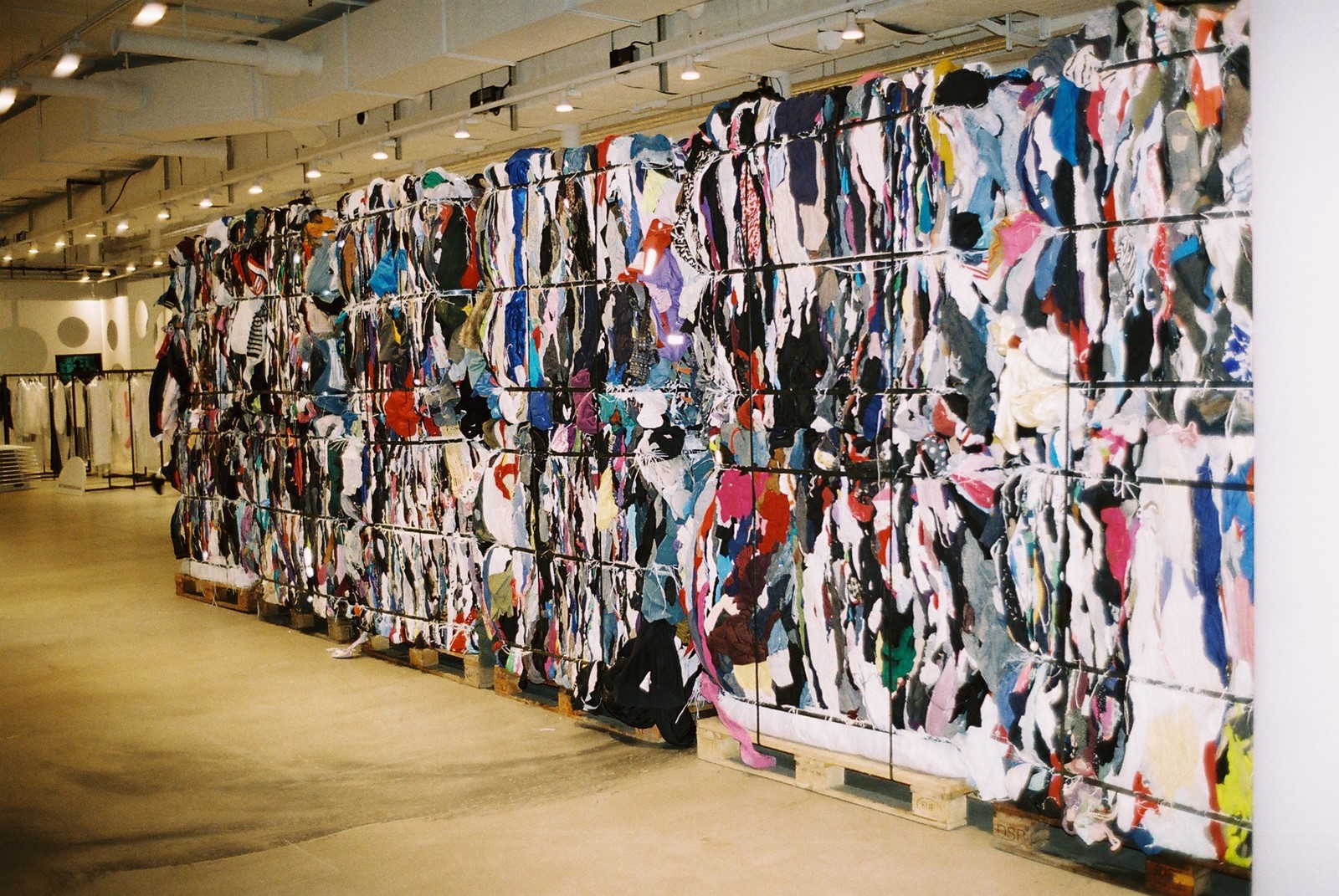Maja Weiss has spent recent years at the forefront of avant-garde fashion, although operating determinedly behind the scenes: she is Vetements’ designer, and has collaborated with similarly progressive fashion brands including Y-Project, Bruno Pieters and Yohan Serfaty. However, her fascination with clothing's cultural capabilities extends way back into her Eastern Bloc upbringing, when she was living worlds away from the creative hubs of Antwerp (where she spent her formative years studying at the renowned academy), or Paris (where she currently resides). “Even when I was living in the middle of nowhere in Slovenia, we still watched MTV,” she laughs, “and that was the era of Nirvana and grunge. I remember, I was just ten or 11 back then, but seeing that stuff made me realise how you could express yourself through clothes.”
"I realised that an art exhibition might not come into my town, but Vogue would" – Maja Weiss
So, wearing Levi’s jeans and her aunt’s oversized plaid shirts, Weiss would pore over books on punk culture and listen to the Velvet Underground from her remote little town, explaining, “I thought that I wanted to be an artist, but then I realised that, while an art exhibition might not come into my town, Vogue would. That’s when I saw that clothes have much more power than art, because they are much less elitist. So I made my own – for my Barbie dolls, for my dogs, for myself – and then the more I grew up, the more I understood the power of clothing, and the message of subculture.” By hoarding the waste materials from local tailors (“we didn’t have luxury in Ljubljiana but my mother had this amazing tailor who would make her clothes; I was a textile hoarder so all of the sewing ladies in my town knew me”), Weiss discovered the subversive, DIY aesthetic that has since become the defining facet of so much of her world. And last week, as part of Copenhagen's International Fashion Fair, she presented two giant packages of discarded clothing – 17 tons of it, in fact – to create her first explicitly artistic endeavour, Waste. A project that simultaneously addresses the global issue of sustainability and her own, more personal inspirations, what Weiss achieved was a brilliant harmony between art industry conceptualism and consumerist culture.


“I wanted to do something that explored the industrial side of the fashion industry,” she continued. “I grew up in an industrial part of former Yugoslavia, where we would play on cubes of crushed cars, and ever since then I’ve been aesthetically attracted to industrial landscapes.” So, when she was commissioned by CIFF to create an immersive artwork, Weiss picked two huge bales of recycled clothing to sit at the entrance of the giant trade fair. Bulging and colourful and strapped together, they looked to be bursting at the seams and had a clear parity – both visually and conceptually – with large-scale industrial consumption, but also to the philosophy of equality that Weiss found not only in her home country, but also in the squats would inhabit when she later moved to Paris. “When I was working on this, I was also thinking about the free box,” she explained, “which is something that I encountered in squats: just a box where you’d put in your old clothes, or whatever you found in the garbage that might be useful, and then you took out whatever you wanted.” So, to mirror these concepts, Weiss approached Danish initiative Trasborg, the third-generation, zero-waste family business that recycles over 6,000 tons of clothing a year, got hold of some of their garments, and the project was born.
“It's about finding a balance; not everybody can go and surround themselves with nature and live off the land” – Maja Weiss
While plenty of Trasborg’s clothes get shipped around the world and sold in open markets, around 15% of what they source is turned into fibres that, in turn, become entirely new materials. It’s a complete realisation of garment recycling – and, as Weiss explains, “This installation was really not about preaching to consumers, it was really more about discovering a different kind of industrial circle that exists inside the textile industry. You can call it fashion, but it's also one of the oldest and biggest industries on the planet.” Yet, in current climates, where the frenetic pace and emphatic referencing of plenty of fashion houses is under question, and our engagement with sustainability is more important than ever, it appeared thoroughly topical – without the overwrought preachiness that such conversations can slip into. "I was very surprised and happy that a fashion fair like CIFF actually embraced this kind of installation when, in some ways, it's the opposite to the concept of a fair," Weiss said. "But I think it's about finding a balance; not everybody can go and surround themselves with nature and live off the land, but it's just about looking at how much meat you eat, how much bottled water you use, how much fashion you buy." And, seeing a (literally) giant comment on consumption presented just as you walked into an even bigger commercial trade fair was a smart – and witty – way to provoke such thoughts.
